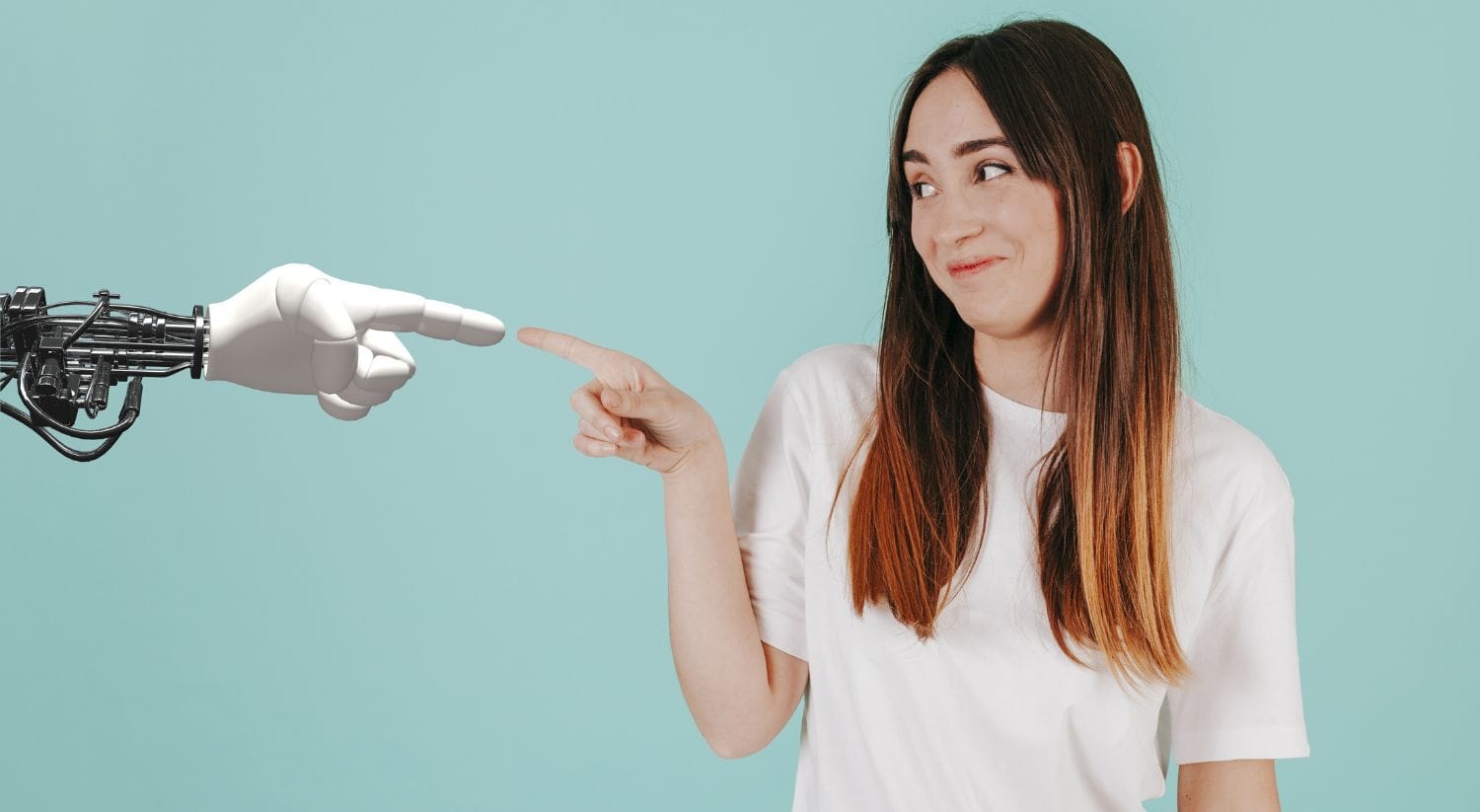
When we think about the future of translation, it’s hard to imagine what more we can achieve. After all, isn’t translation already highly developed and advanced enough? The harsh reality is that it’s not. Of course, we’ve made huge strides compared to just a decade ago. However, the rapid pace of technological evolution suggests that the future of translation is still being written.
Without delving into science fiction or wild predictions, today we’ll explore some groundbreaking advancements. We’ll also take a look at how technology labs and research teams are shaping the next generation of translation.
Some of these innovations weren’t originally designed for translation, but their potential applications in the field are game-changing. So, let’s dive into some astonishing projects that might soon be in your hands.
Get ready for a glimpse into a future that could become reality in just a matter of months!
The future of translation is here: Text-conversion glasses
Recently, Kendyl Pool, a 10-year-old girl born with profound deafness, made headlines with an inspiring story. Kendyl was born completely unable to hear, meaning she has never perceived any sound from her surroundings. From an early age, with the help of her mother and a team of therapists, she learned to communicate using sign language.
However, her birthday gift turned out to be the biggest surprise of her life. Her mother gave her a pair of innovative smart glasses capable of converting audio into text in real time. These glasses use speech-to-text technology, displaying subtitles directly on the lenses, allowing Kendyl to read conversations as they happen.
But that’s not all. These glasses don’t just let her read what others say—they also help correct her own speech. Just like the spell checker on your computer, these glasses highlight errors, helping users refine their pronunciation. For Kendyl, who has never heard her own voice, this means she can now improve her speech instantly.
Incredible, right? Well, this technology is not futuristic—it already exists. What’s still part of the future of translation is what we can achieve with it. Let’s explore.
Text-conversion glasses: A tangible reality
If we think about the future of translation, we need to combine two existing technologies that currently function separately. Let’s break it down.
The speech-to-text technology behind Kendyl’s glasses isn’t exactly new—it has been in development for years. However, what’s revolutionary is how fast and accurate real-time transcription has become.
Just a few years ago, text-converting glasses were nothing more than science fair prototypes or unfinished projects. But thanks to scientific advancements and major financial investments, they’ve become a reality. Tech giants like Apple and Google have poured millions into R&D for these innovations.
The result? A groundbreaking technology with countless applications—one of which intersects with another emerging trend: augmented reality (AR). Let’s see how.
Augmented reality + text-conversion glasses… Voilà!
High-tech solutions like augmented reality translation have already made huge strides. By combining several innovations, a mobile device can now accurately identify objects in your surroundings in real time. These apps leverage artificial intelligence (AI) and machine learning, continuously improving their performance.
This means that simply by pointing your camera at an object, the app can instantly tell you its name in any language. But that’s not all—this technology can also transcribe and translate conversations at lightning speed.
Now, imagine if this AR translation technology were integrated into text-conversion glasses.
Boom! The future of translation.
You could speak with anyone, in any language, and instantly read their words in your own language—in real time.
And beyond that, the glasses could even display your own words, offering pronunciation suggestions and speech assistance.
Seamless conversations in any language
Ultimately, you’d be able to communicate naturally with anyone, in any language, without pausing or struggling with language barriers. No more checking your phone for translations—everything would happen organically and effortlessly.
Who knows? This could be the technology that finally breaks down linguistic barriers for good, allowing seamless communication without relying on traditional translation tools.
And while some of these advancements are still in experimental phases, the future of translation is already taking shape.
Are you ready for what’s coming next?
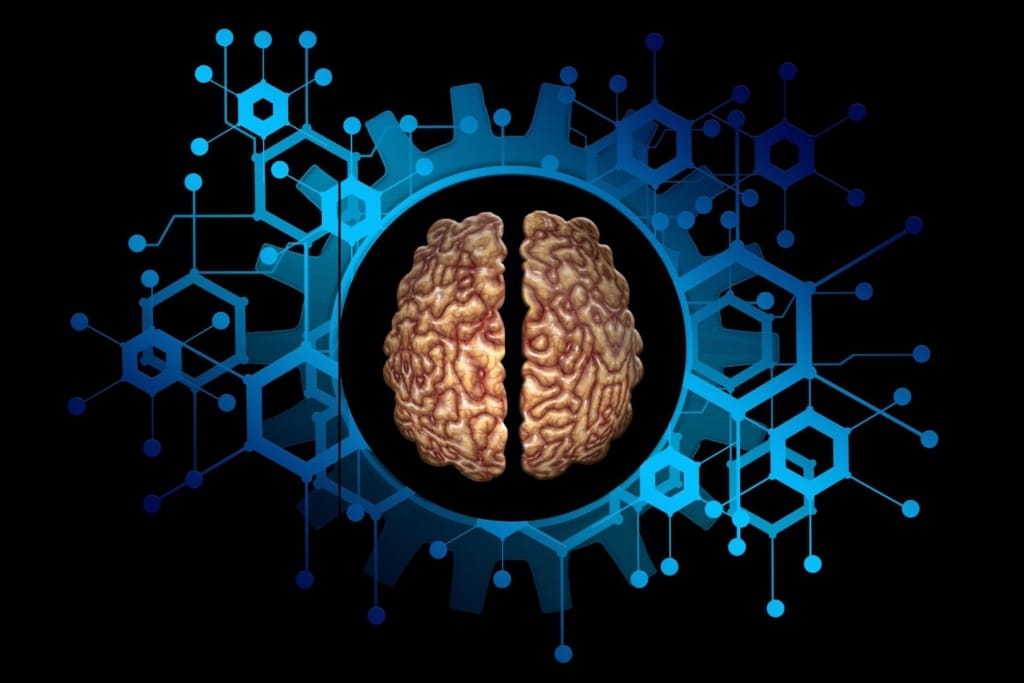
The brain chip: Science fiction, dystopia, or reality?
For some, he is an unparalleled genius, the Da Vinci of the 21st century. For others, he is just an egotistical eccentric with grand ambitions but few realities. However, one thing is undeniable: Elon Musk never goes unnoticed. Many of his ideas paint a picture of a mind-blowing future—or perhaps a terrifying one?
Take a look at one of his most controversial concepts and its potential impact on the future of translation. Then, you can draw your own conclusions.
The brain chip and the ethical dilemma it raises
A few months ago, Musk introduced an idea that sparked intense scientific and ethical debates. The South African entrepreneur spoke about brain chips as a technology still in its experimental phase. But what exactly is Musk talking about, and how does it relate to the future of translation?
To answer that, let’s take a closer look.
Telepathy: Musk’s vision for the brain chip
Telepathy is the name of the project that has occupied Elon Musk’s mind for the past few years. The core concept is to implant a microchip in specific areas of the brain to “correct” deficiencies or disorders. In simple terms, it’s a chip designed to modify brain activity in affected regions and reactivate their functions.
According to scientists, this technology could potentially allow quadriplegic patients to regain motor functions. But, as expected, Musk takes it a step further.
This chip could have countless applications beyond medical rehabilitation. It could be used to modify behavior patterns in individuals deemed dangerous criminals, enhance memory storage for Alzheimer’s patients, or even regulate brain activity in psychiatric disorders.
See the potential risks?
As James Bond always says, “This could fall into the wrong hands.” In other words, while these chips could help people walk again or combat Parkinson’s disease, they could also be used for behavioral control with far less noble intentions—posing an unimaginable risk.
But let’s put ethical concerns aside and focus on our main topic: the future of translation.
A “language chip”—As easy as changing your phone settings
Beyond the scientific and ethical debates, Musk’s brain chip could become a game-changer for the future of translation.
Imagine being able to switch languages with just the press of a button. In other words, what if you could become fluent in any language at will?
This would change everything!
You could switch from English to French when traveling to Paris. Or activate Cantonese for a business deal in Hong Kong. Just like adjusting your phone settings, you could instantly gain the ability to speak, read, and write in any language—all by configuring your brain chip.
Could this become a reality in the future of translation?
Perhaps we’re years away from such an innovation… or maybe it’ll hit the market next week—who knows? One thing is certain: these ideas are already on the table, and their realization might not be so far off.
But instead of dreaming too far ahead, let’s look at where we stand today.
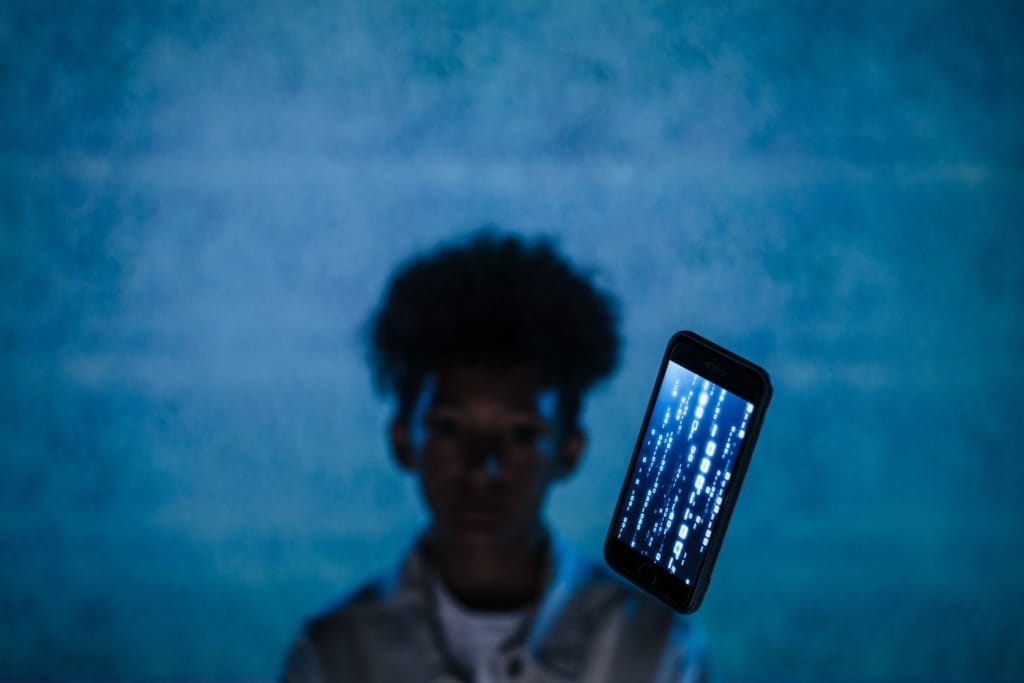
How advanced is translation technology right now?
What are the biggest breakthroughs already available and ready to use today?
Take a look at the latest advancements in translation technology, and see how they are already transforming communication worldwide.
The present was the future of translation just a few years ago
Yes, we know! It sounds like something straight out of Marty McFly’s tongue twisters in Back to the Future. But it’s absolutely true. What we now take for granted was once nothing more than an impossible dream. Think about self-driving cars. Would you have believed someone if they told you about them when you were a child? Probably not.
Today, the innovations already in use are paving the way for the future of translation in unbelievable ways. Take a look at just some of the technologies transforming translation as we know it.
Artificial intelligence and machine learning in the future of translation
We’ve talked about AI in translation before, but that doesn’t make it any less fascinating. Artificial intelligence integrates three key processes that, until recently, were exclusive to humans:
- Memory capacity
- Processing power
- Self-learning capabilities
Until not long ago, only humans could think—as a result of cognitive processes that use memory, experience, and adaptation. Let’s break it down further to clarify this concept.
Humans, when faced with an unknown situation, use memory to compare it to a past experience. The brain then retrieves a stored memory—either something we’ve lived or learned—and tries to apply it as a solution.
And if that response is incorrect? We learn from it. The brain stores the experience for future reference, improving with each mistake or success. Now, technology has replicated this ability, creating machines with hyper-processing power and massive memory storage.
How does AI work in translation?
AI-powered systems store vast memory banks that are interconnected. These machines can scan massive datasets and apply relevant information autonomously. But here’s the real breakthrough: they learn from experience.
Thanks to machine learning (ML), AI can improve on its own—just like humans do. This is why modern translation apps are constantly evolving.
The more they are used, the better they become.
They identify common errors, track frequent searches, and refine their accuracy over time. Even better, they can adapt to each user, becoming a personalized translation assistant that gets faster and more accurate with every use.
Multilingual translation, OCR, and Augmented Reality (AR)
We’ve already seen how augmented reality (AR) is not the future of translation—it’s the present. Right now, anyone can use AR-powered apps like Talkao to translate their surroundings or even subtitle live conversations in real time.
OCR: The revolutionary optical character recognition technology
One of the most impressive innovations is OCR (Optical Character Recognition). Apps like Talkao Camera Translator can “read” images and extract text characters instantly.
In just fractions of a second, they recognize the language, process the information, and deliver a translated version—in over 125 languages, regardless of the alphabet or text placement.
The future of translation: A blank canvas of endless possibilities
All of this proves one thing: the future of translation is unpredictable, limitless, and full of surprises. Just a few years ago, modern translation apps seemed like science fiction. Today, they’re part of our everyday lives.
What’s next for the future of translation? We don’t know for sure. But one thing is certain: it will be nothing short of amazing.

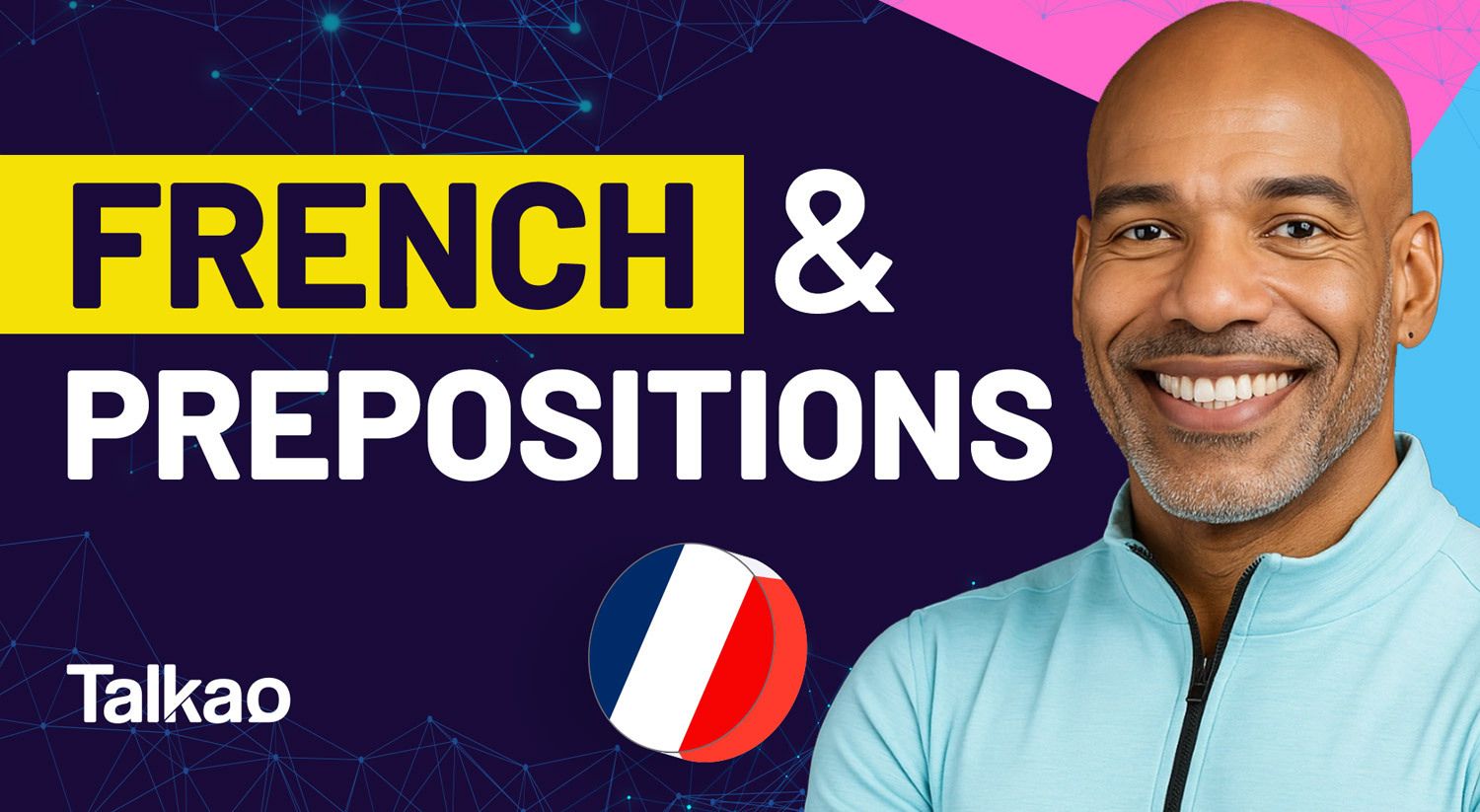

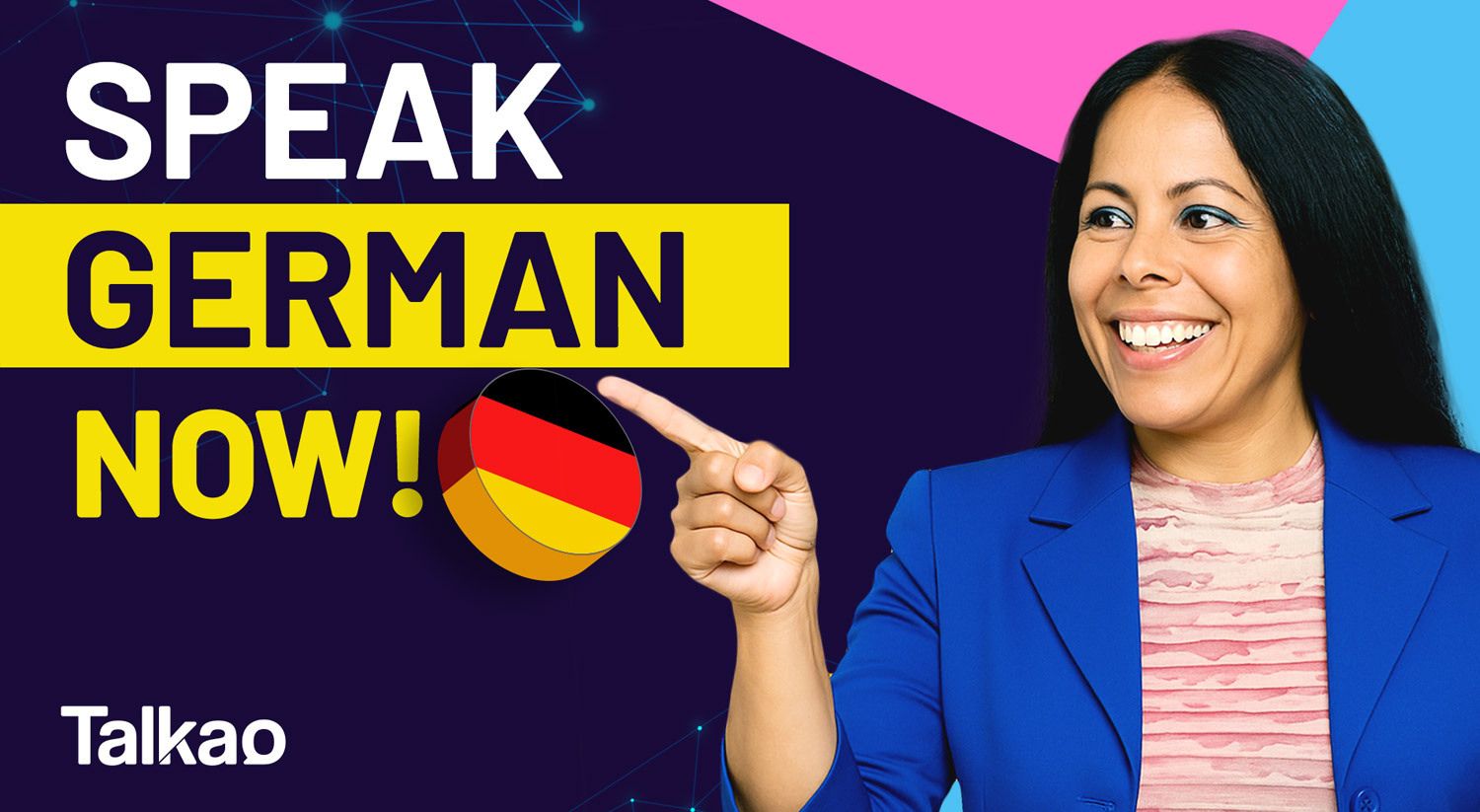
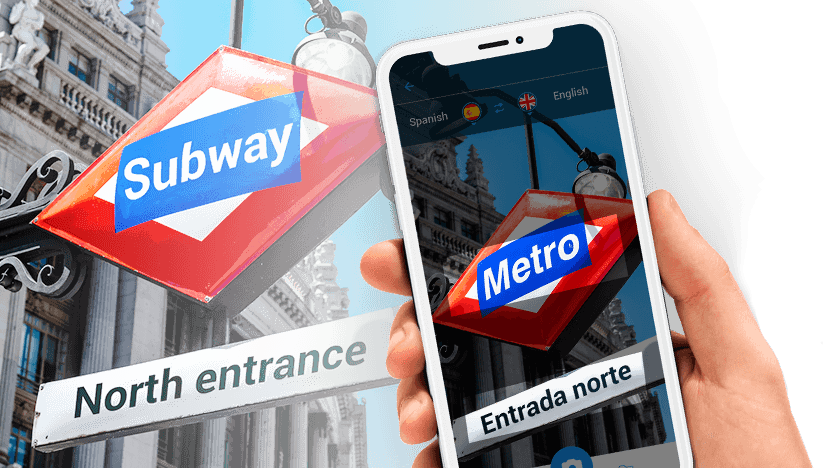




Newsletter